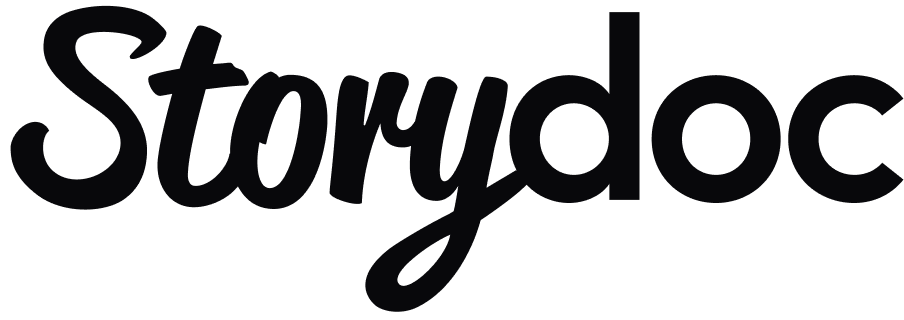Powered by

Learn the essentials of crafting a donor stewardship plan, utilize templates, avoid common pitfalls, and build lasting relationships for impactful change.
Hadar Peretz
6 minute read
Share:
Short answer
Identify Your Various Donor Segments
Tailor Your Communication Effectively
Develop a Recognition Program Thoughtfully
Create Meaningful Engagement Opportunities
Utilize Constructive Feedback Diligently
Maintain Unwavering Transparency Consistently
Stop losing opportunities to ineffective presentations.
Your new deck is one click away!








